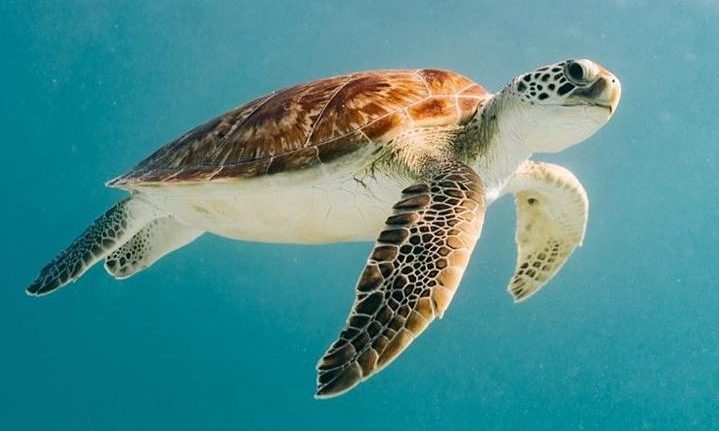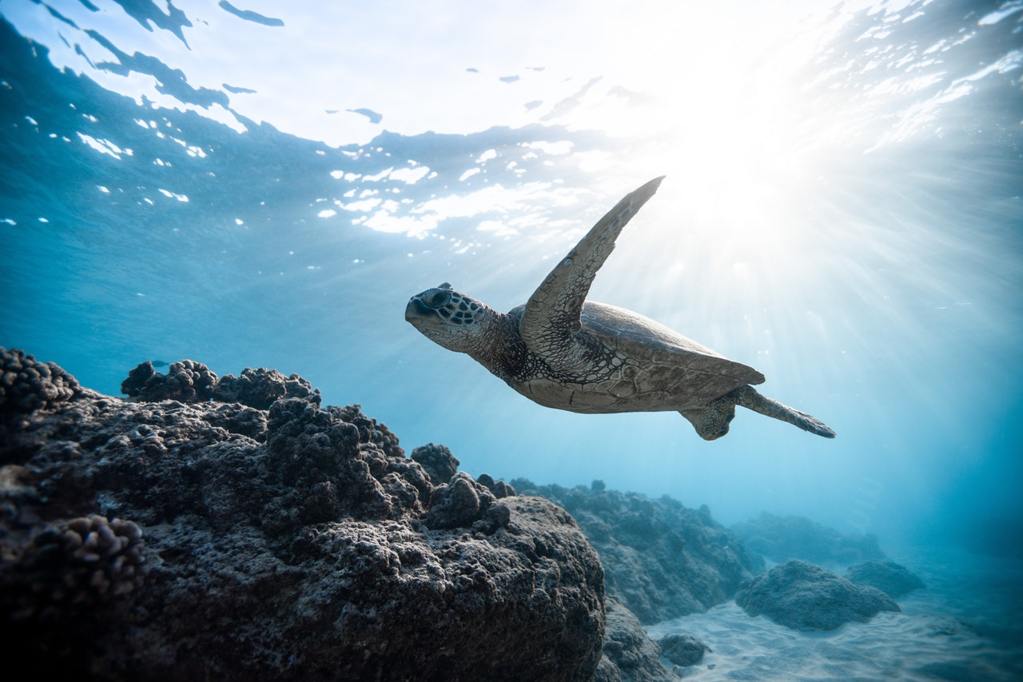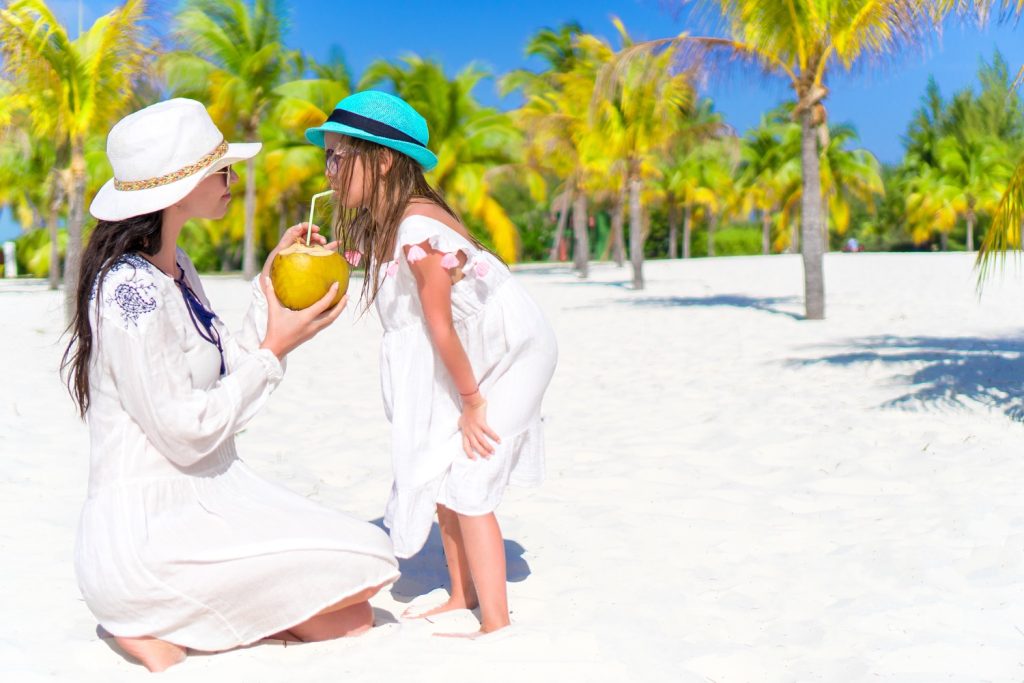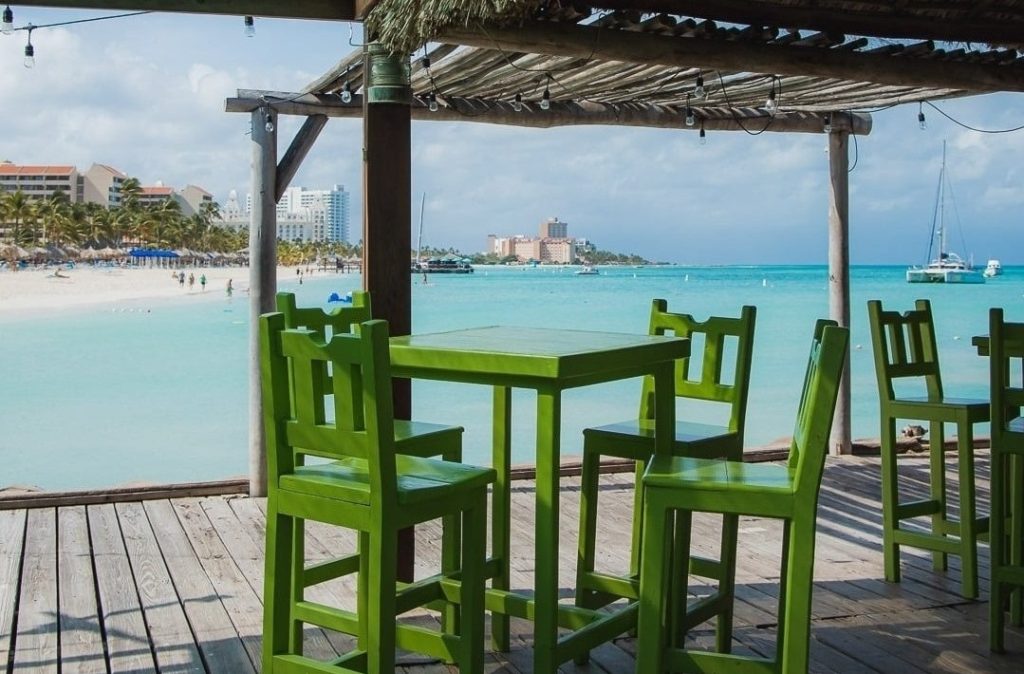From curious owls peeking out of their burrows to baby sea turtles making their way to the ocean, Aruba’s got some seriously amazing wildlife. If you’re planning to explore the island’s wilder side, here’s how to do it in a way that keeps nature happy and thriving — for today’s adventurers and tomorrow’s too.
Wildlife You Might Encounter in Aruba
- Shoco – Aruba’s burrowing owl and national symbol
- Sea turtles – Nesting season from March to November
- Iguanas and lizards – Commonly seen basking in the sun
- Bats – Nighttime pollinators for cacti and native plants
- Migratory and native birds – Ideal for birdwatching lovers
How to Watch Wildlife Responsibly
Stick to Marked Trails
Whether you’re exploring Arikok National Park or strolling the dunes near Eagle Beach, it’s important to stay on designated paths. This protects native plant and animal habitats — and keeps you safe from spiny plants or steep cliffs.
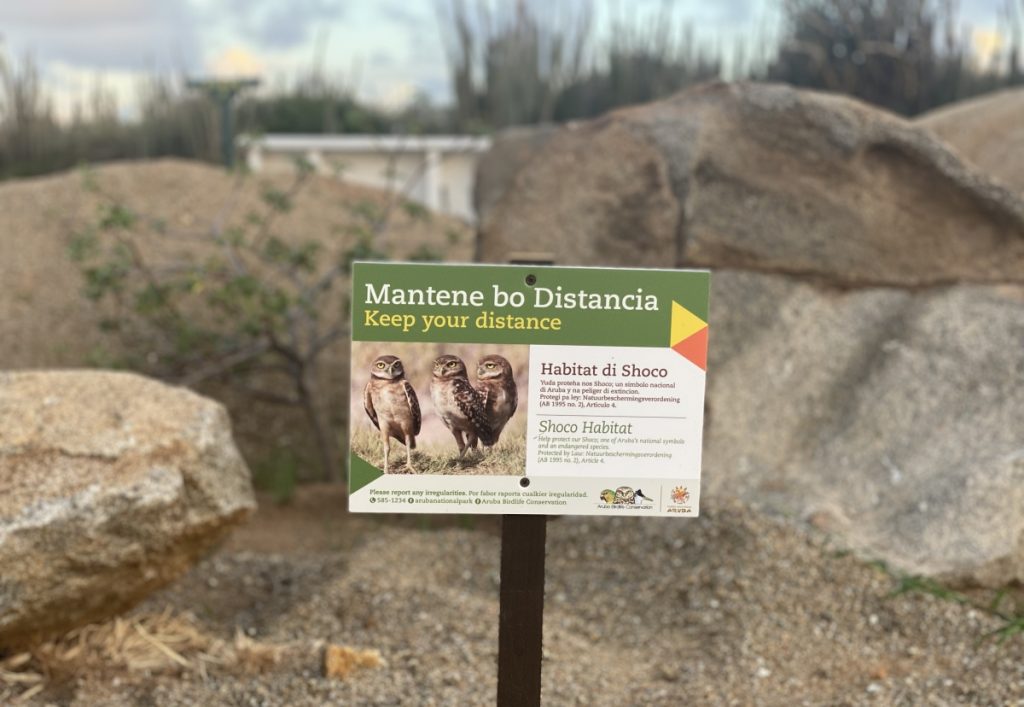
Keep a Safe Distance
That close-up photo of a Shoco or sea turtle is tempting — but please don’t get too close. Use your zoom, avoid flash, and never try to touch or feed wild animals. A respectful distance ensures you see them behaving naturally.
Be Mindful During Turtle Season
Sea turtles return to Aruba’s shores to lay eggs between March and November. Nests are often marked and protected by volunteers. Do not disturb nesting areas or shine lights on hatchlings — artificial light can disorient them.
Choose Reef-Safe Sunscreen
Before diving into Aruba’s turquoise waters, double-check your sunscreen. Choose a reef-safe formula without oxybenzone or octinoxate to avoid harming marine life and coral reefs.
Book Eco-Certified Tours
Support local guides who are committed to conservation. Look for eco certified excursions that combine education with adventure, whether you’re hiking, kayaking, or snorkeling.
Leave No Trace
Aruba’s natural beauty depends on all of us. Take nothing but pictures, leave nothing but footprints — and if you spot trash on the trail or beach, be a hero and pick it up.
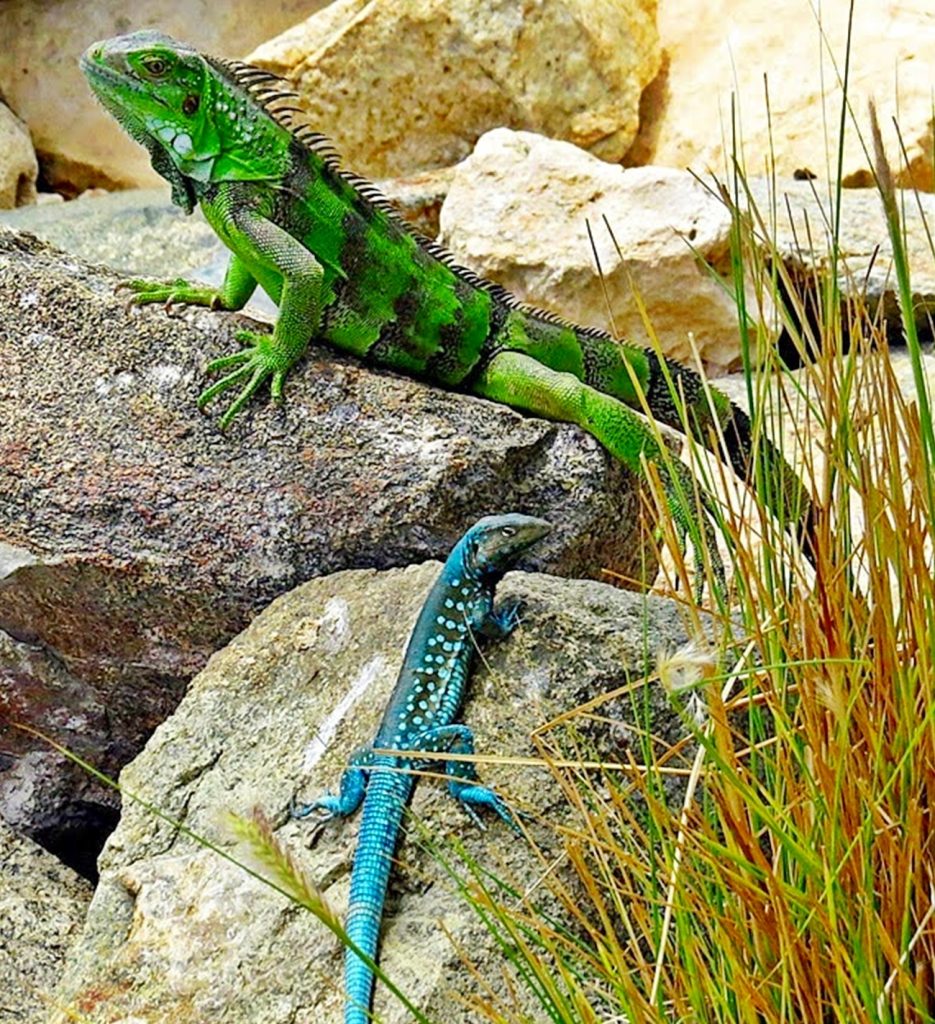
Why It Matters
Aruba’s ecosystems may seem hardy, but they’re surprisingly delicate. From cactus groves to turtle nests, every small action you take — like reusing a water bottle or choosing eco-friendly sunscreen — helps ensure Aruba stays wild and beautiful for years to come.

Want to read more about Aruba’s natural wonders?
Explore our full Nature & Wildlife blog section.


